The magical green world of Gran Canaria
The natural greenery of Gran Canaria shines through in the most wonderful and surprising ways.
There exists a magical kingdom with laurel trees, wild olive trees, willows, arbutus, yews, plus the indigenous viñátigos, paloblancos, tilos and mocanes, and it’s all here in Gran Canaria. This list of exotic words, which might seem to be taken from a book of fairytales, goblins and wizards, actually describes the trees that provide the body and soul to the mysterious, primitive laurel tree forest that hugs tightly onto the island and emits the clear, thumping beat of its green heart.
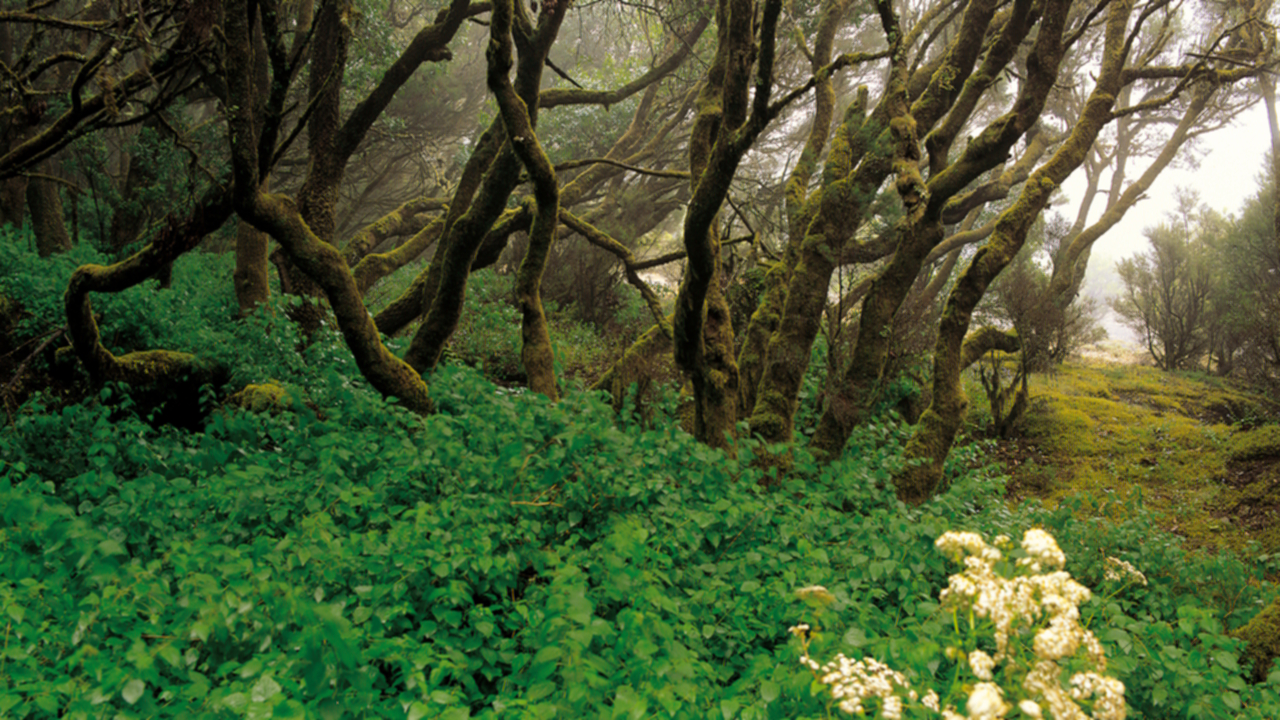
The laurel tree forest, with its royal ivy and other other climbing plants, and bed of sage, bencomias and estrelladeras, bright cliff plants and bushes, is the figurehead of Gran Canaria, which tell little tales of hope every day. Morujillas and hierbas candiles are spread all over the hillsides, and down on the silent ravine beds. The maidenhair fern sticks to the walls of stone, drawing in the dampness that oozes out of them, as do the polyhedric, concentric and hypnotic bejeque flowers.
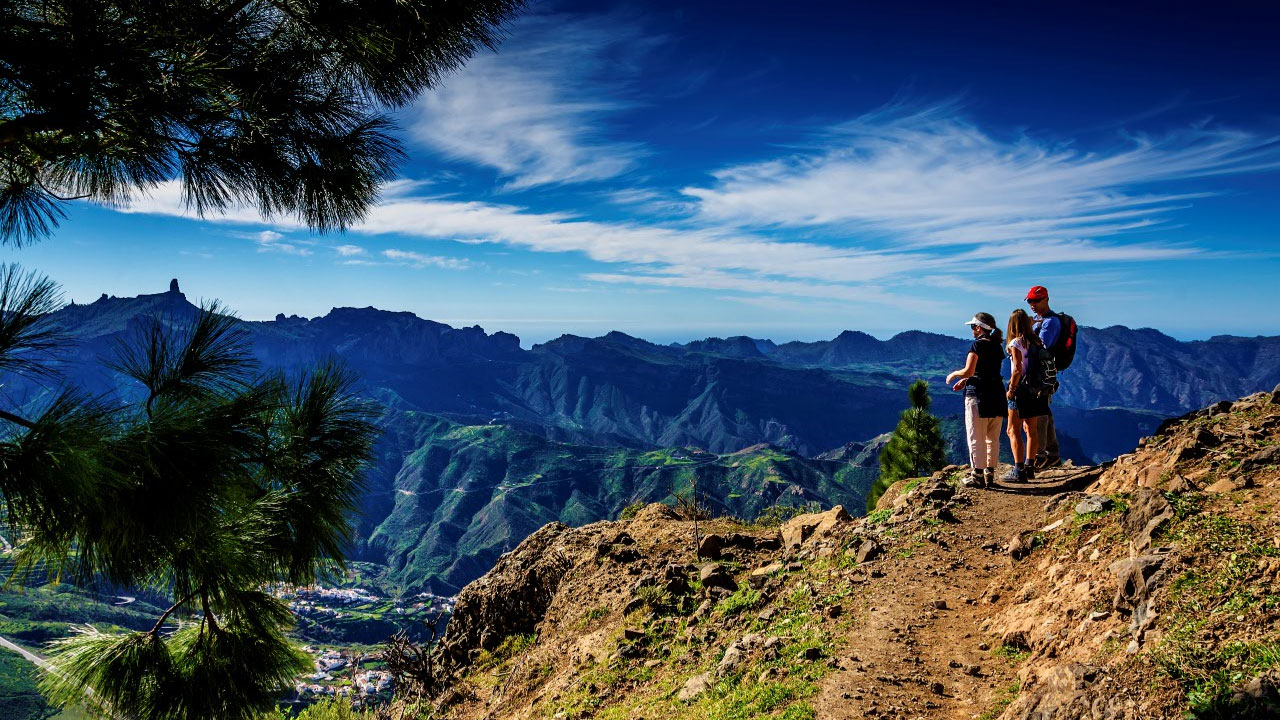
The green carpet that grows over Gran Canaria is made up of nearly 1,300 different plant species, of which nearly a hundred are exclusive to the island, giving us an idea of the huge biodiversity the island treasures. Indeed, large areas of the territory have been declared Biosphere Reserves by Unesco.
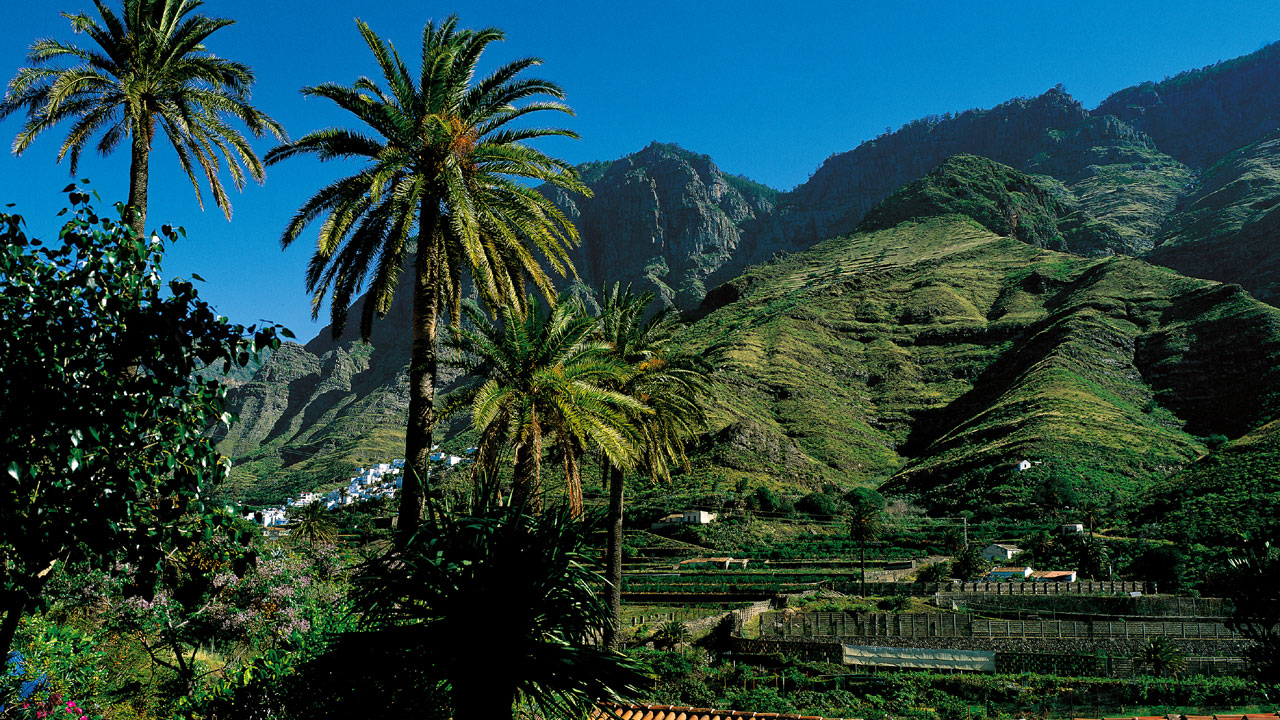
This plant kingdom has its very own throne in the shape of the elegant Canary palm tree, and on the island’s peaks, the tough, proud Canary pine tree. Some of these can grow to over forty metres in height, confirming that Gran Canaria, along with its many other fine attributes, is a green oasis.
This greenness is able to adopt the most amazing forms in the case of Gran Canaria. On occasions it can be in the form of a sparkling glitter, such as when the sun’s rays hit the surface of humid pebbles on the beach at Agaete, or at the mouth of the ravine in La Aldea. Other times it can be the steep mountainside that glistens with a green wink or two, a geological phenomenon related to the island’s volcanic origins and which takes on the appearance of the spotted back of a titanic, mythological lizard.
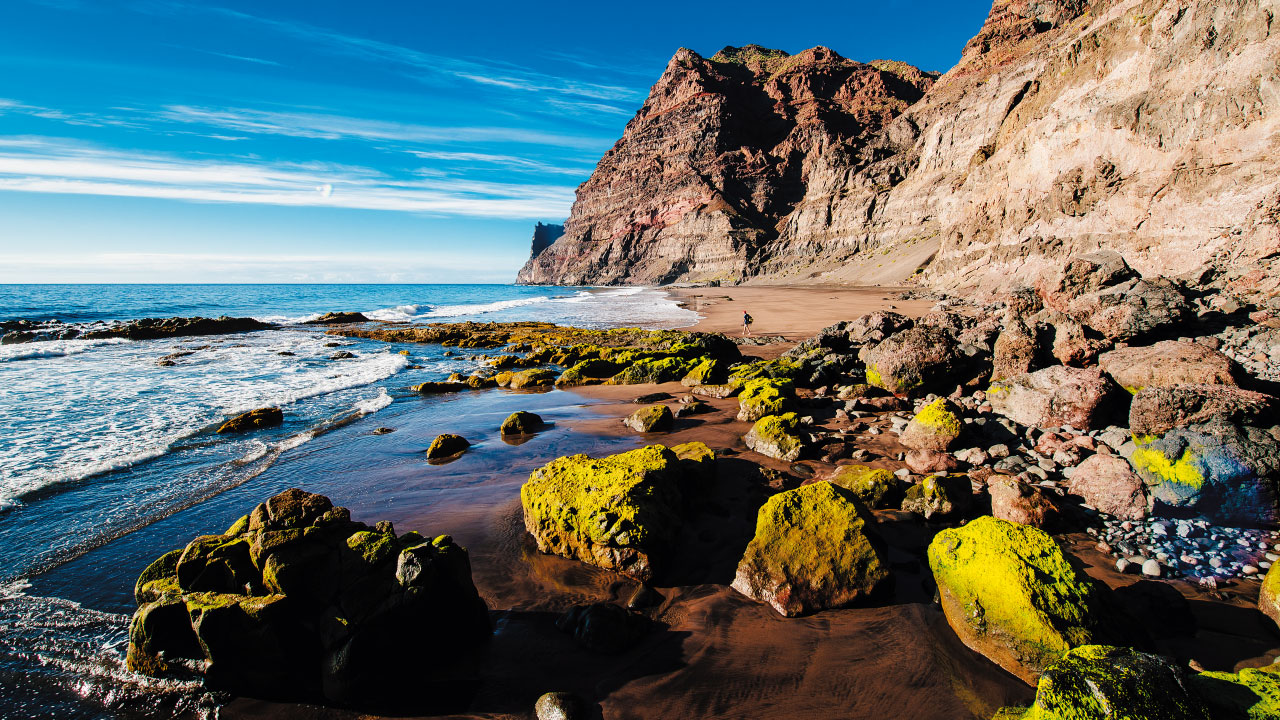
Other verdant splashes can also be found on the stretch where the Atlantic Ocean wraps itself around Gran Canaria, as sometimes along the coast, where the sea and land blend in together, jade and emerald tones fuse in with dashes of blues. This is where the fishermen pull their daily catch up from the waters and the shimmering green tones of the fish scales dance before our eyes, a mixture of seifíos, salemas, bogas and mackerel. This green empire starts up at the summit, then tumbles down the hillsides, slides down onto the coastline, to finally slip into the waters around Gran Canaria.
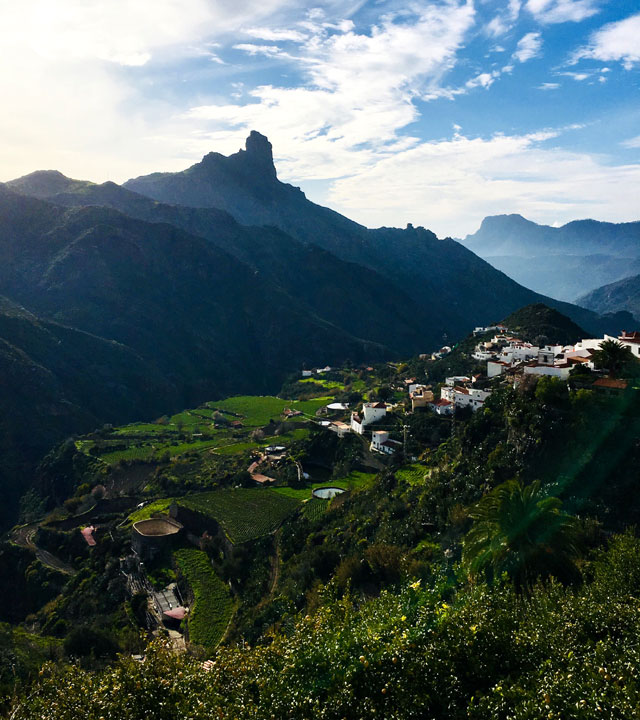
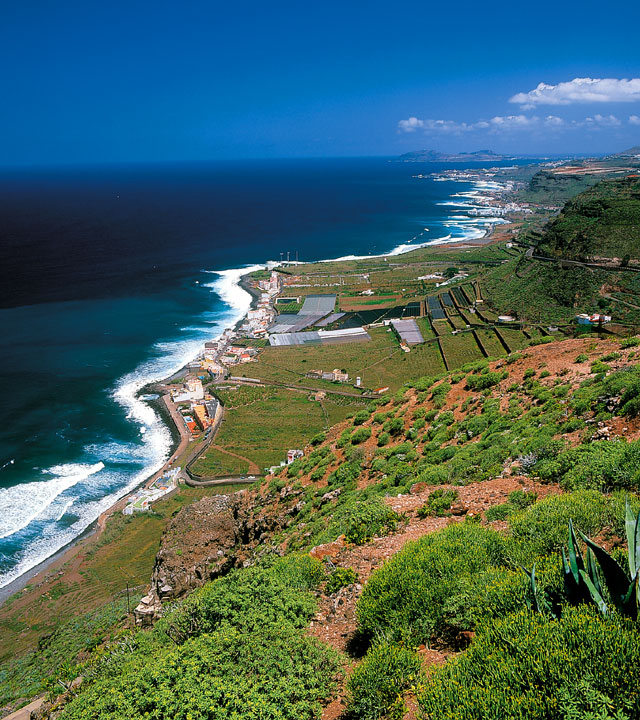
Look right ahead of you, just over there, where a flock of sheep are pasturing on a green patchwork mosaic surrounding Montaña Alta, although it could be anywhere on the island really. We go back up to the peaks, to the place where –born out of lush greenery- the famous cheeses of Gran Canaria are made. Down at the south of the island, meanwhile, avocados wrapped in their dinosaur skin and soft mango fruits are bursting forth. In the Valley of Agaete, the coffee beans that can be made out among the branches of the only coffee plantation in Europe offer up deep penetrating aromas, and a clear head to continue delving into this endless green universe.
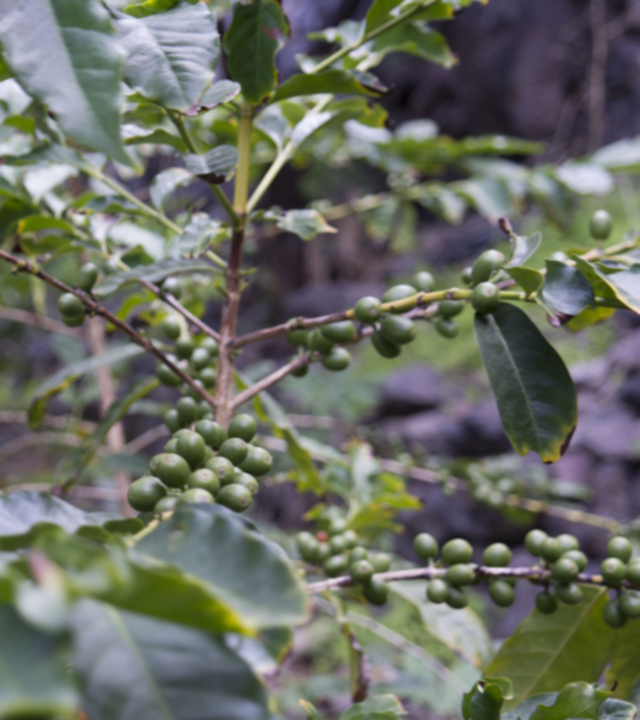
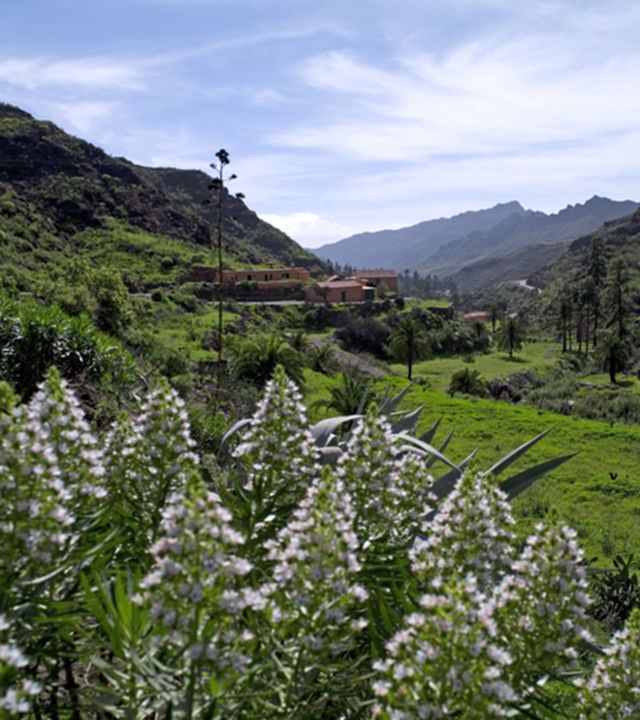
The historic town centres around Gran Canaria and its villages in the interior, along with many coastal locations, are dotted with colourful houses. Green is a feature of many of their façades, yet more inhabitants of this vibrant island neighbourhood.
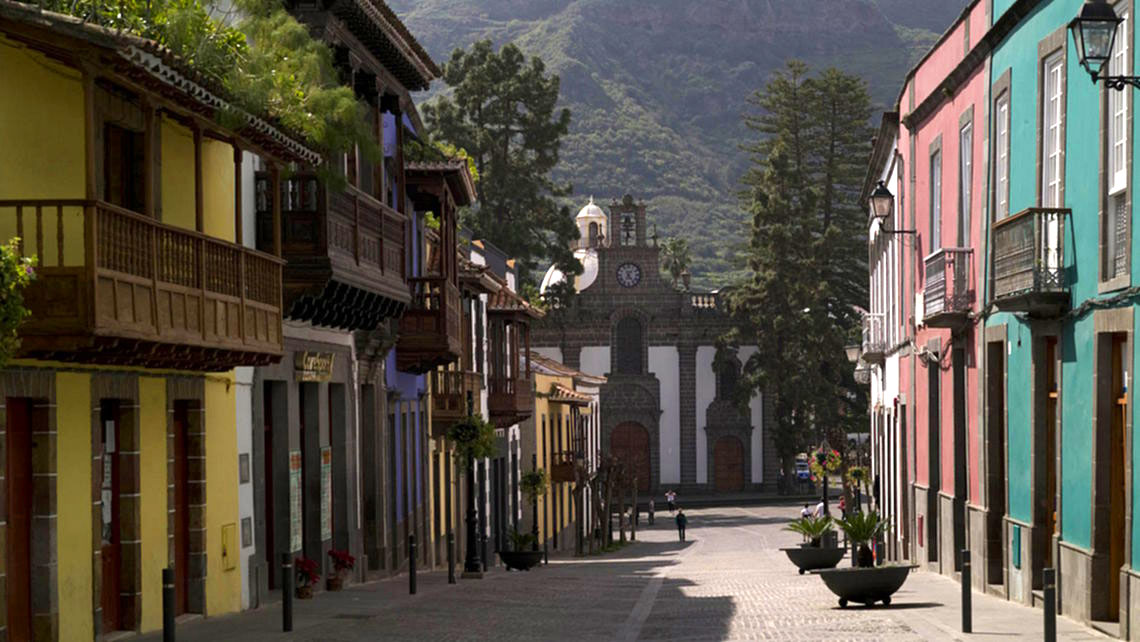
Related links:
Gran Canaria, the blue island
Gran Canaria, the golden island

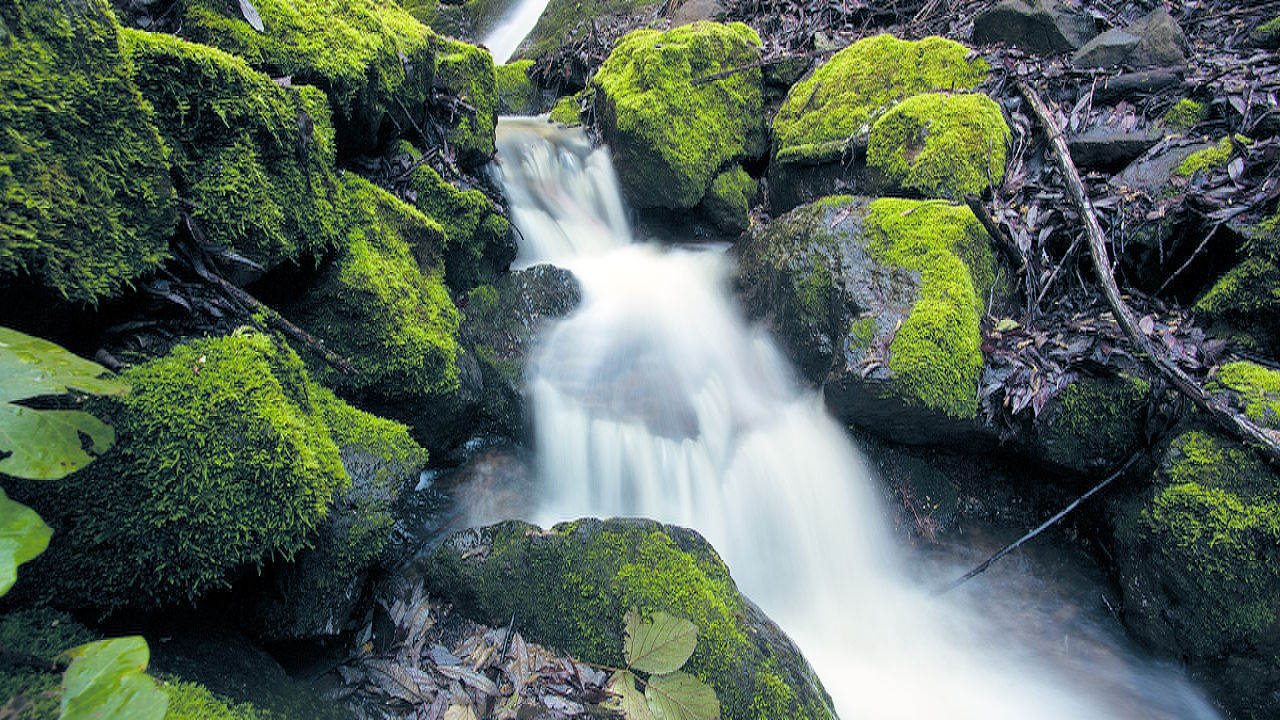
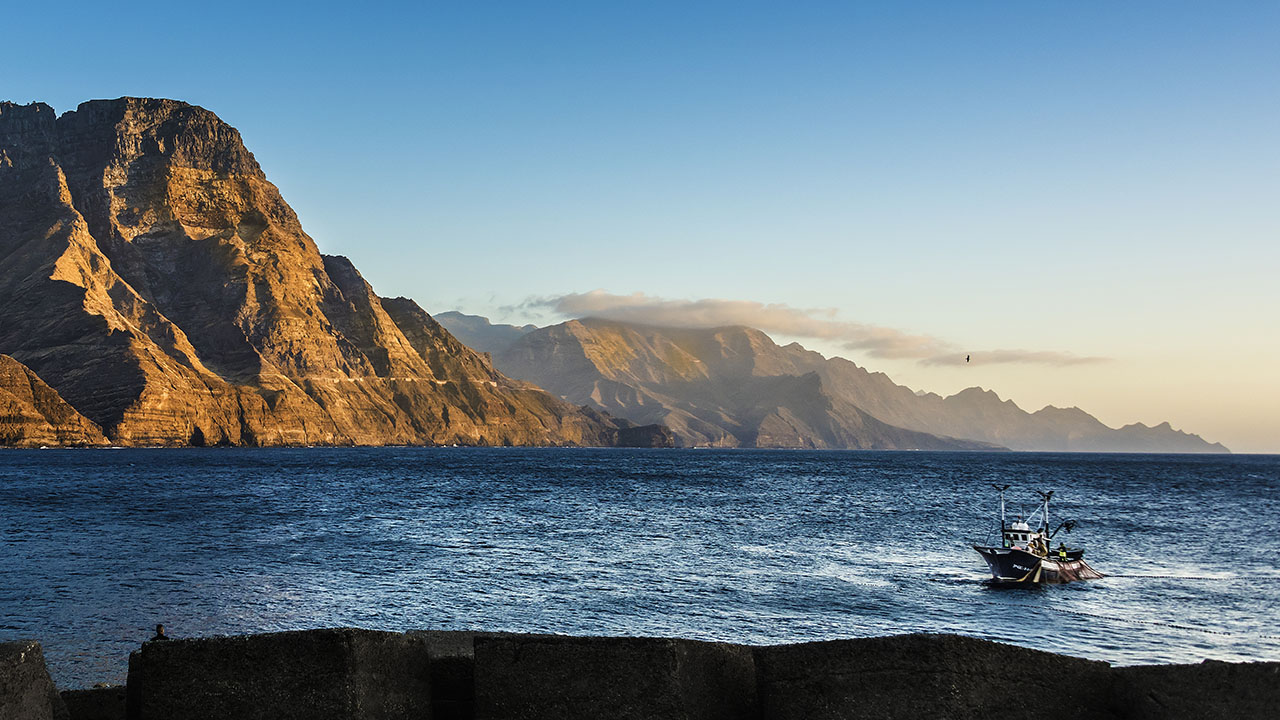
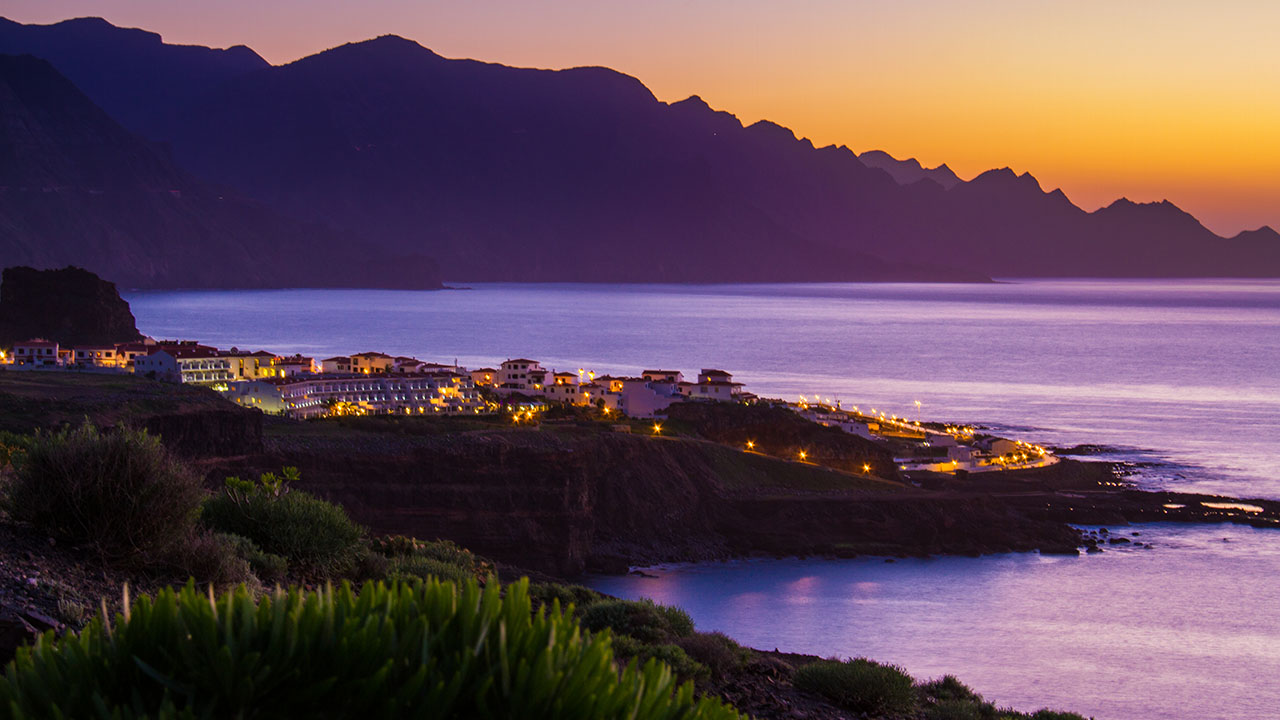
Comments are disabled for this post.